|
Your search criteria found 1300 images Gallery: Universe |
| My List |
Addition Date |
Target
|
Mission | Instrument | Size |

|
2020-07-08 | Comet |
NEOWISE |
860x651x3 | |
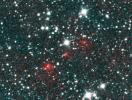
|
|||||

|
1999-12-02 | Coma cluster |
Two Micron All Sky Survey (2MASS) |
Two Micron All Sky Survey (2MASS) |
2106x2249x3 |

|
|||||

|
2007-08-06 | CL0958+4702 |
Spitzer Space Telescope |
IRAC |
690x690x3 |
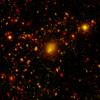
|
|||||

|
2007-08-06 | CL0958+4702 |
Spitzer Space Telescope |
3000x2400x3 | |
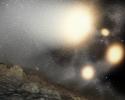
|
|||||

|
2007-08-06 | CL0958+4702 |
Spitzer Space Telescope |
3000x2400x3 | |
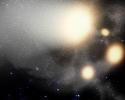
|
|||||

|
2009-08-12 | Cepheus B |
Chandra X-ray Observatory Spitzer Space Telescope |
Chandra X-ray Telescope IRAC |
2749x3600x3 |

|
|||||

|
2004-02-12 | Cepheus |
Spitzer Space Telescope |
IRAC |
1103x1293x3 |

|
|||||

|
2009-06-04 | Cepheus |
Dawn |
Framing Camera |
1024x1024x1 |
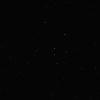
|
|||||

|
2004-06-01 | Centaurus A |
Spitzer Space Telescope |
IRAC |
1627x1227x3 |
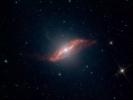
|
|||||

|
2005-06-10 | Cassiopeia A |
Spitzer Space Telescope |
IRAC |
2826x774x3 |

|
|||||

|
2005-06-10 | Cassiopeia A |
Spitzer Space Telescope |
IRAC |
2842x1622x3 |
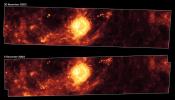
|
|||||

|
2005-06-10 | Cassiopeia A |
Hubble Space Telescope Spitzer Space Telescope |
IRAC Visible Light Chandra X-ray Telescope |
1835x1348x3 |
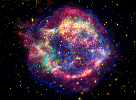
|
|||||

|
2006-10-26 | Cassiopeia A |
Spitzer Space Telescope |
2400x3000x3 | |

|
|||||

|
2006-10-26 | Cassiopeia A |
Spitzer Space Telescope |
IRAC |
638x477x3 |
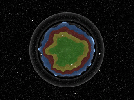
|
|||||

|
2006-10-26 | Cassiopeia A |
Spitzer Space Telescope |
IRAC |
1600x1600x3 |
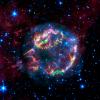
|
|||||

|
2007-12-20 | Cassiopeia A |
Spitzer Space Telescope |
Infrared Spectrograph (IRS) |
960x960x3 |
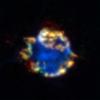
|
|||||

|
2007-12-20 | Cassiopeia A |
Spitzer Space Telescope |
Infrared Spectrograph (IRS) |
3000x2400x3 |
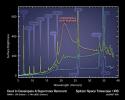
|
|||||

|
2008-05-29 | Cassiopeia A |
Spitzer Space Telescope |
641x479x3 | |
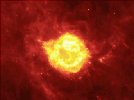
|
|||||

|
2008-05-29 | Cassiopeia A |
Spitzer Space Telescope |
5000x4965x3 | |
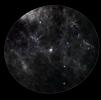
|
|||||

|
2008-10-01 | Cassiopeia A |
Spitzer Space Telescope |
MIPS |
1769x1341x3 |
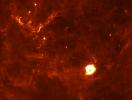
|
|||||

|
2009-01-06 | Cassiopeia A |
Chandra X-ray Observatory Spitzer Space Telescope |
Chandra X-ray Telescope IRAC |
719x479x3 |
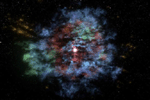
|
|||||

|
2013-01-07 | Cassiopeia A |
NuSTAR |
NuSTAR |
2200x2200x3 |
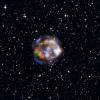
|
|||||

|
2010-03-06 | Cassiopeia |
Wide-field Infrared Survey Explorer (WISE) |
WISE Telescope |
3463x1200x3 |
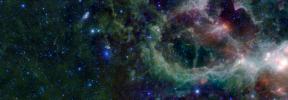
|
|||||

|
2006-01-11 | Cartwheel Galaxy |
Galaxy Evolution Explorer (GALEX) Hubble Space Telescope Spitzer Space Telescope |
Chandra X-ray Telescope GALEX Telescope Infrared Array Camera (IRAC) Visible Light |
1500x1500x3 |
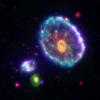
|
|||||

|
2005-05-30 | Carina Nebula |
Spitzer Space Telescope |
IRAC |
6614x5196x3 |
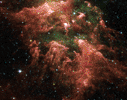
|
|||||

|
2005-12-22 | Carina Nebula |
Cassini-Huygens |
ISS - Wide Angle |
1020x1020x1 |
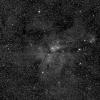
|
|||||

|
2009-06-04 | Carina |
Dawn |
Framing Camera |
1647x1635x3 |
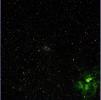
|
|||||

|
2010-01-06 | Carina |
Wide-field Infrared Survey Explorer (WISE) |
WISE Telescope |
1000x1000x3 |
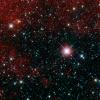
|
|||||

|
2001-11-03 | Borrelly |
Deep Space 1 (DS1) |
Miniature Integrated Camera Spectrometer |
500x500x1 |
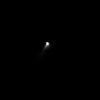
|
|||||

|
1999-11-30 | Black Hole | 925x1197x3 | ||

|
|||||

|
2007-05-17 | Barnard 30 |
Spitzer Space Telescope |
IRAC Multiband Imaging Photometer (MIPS) |
3182x1282x3 |
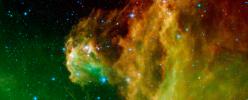
|
|||||

|
2007-05-17 | Barnard 30 |
Spitzer Space Telescope |
IRAC |
3086x1711x3 |
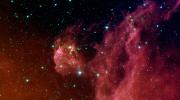
|
|||||

|
2019-04-29 | Asteroid | 1220x700x3 | ||
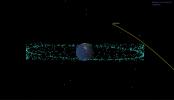
|
|||||

|
2019-12-05 | Asteroid | 535x398x3 | ||
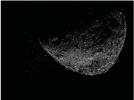
|
|||||

|
2019-12-05 | Asteroid | 2532x1417x3 | ||
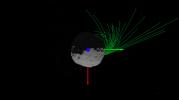
|
|||||

|
2020-07-07 | Asteroid |
Psyche |
1600x900x3 | |
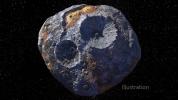
|
|||||

|
2020-08-18 | Asteroid | 1841x1033x3 | ||
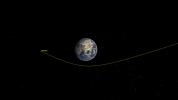
|
|||||

|
2020-08-18 | Asteroid |
ZTF |
1814x1298x3 | |
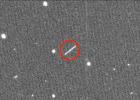
|
|||||

|
2020-09-09 | Asteroid |
OSIRIS-REx |
1280x720x3 | |
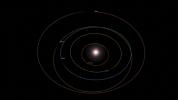
|
|||||

|
2021-03-26 | Asteroid |
Deep Space Network |
2999x1300x1 | |
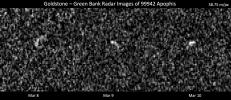
|
|||||

|
2021-03-29 | Asteroid |
Psyche |
10800x10800x3 | |
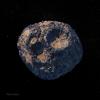
|
|||||

|
2021-03-29 | Asteroid |
Psyche |
10800x10800x3 | |
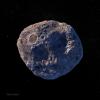
|
|||||

|
2021-04-05 | Asteroid |
Deep Space Network |
1254x958x1 | |
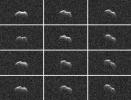
|
|||||

|
2021-09-03 | Asteroid |
Deep Space Network (DSN) |
Deep Space Network |
1314x1274x3 |
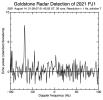
|
|||||

|
2021-09-03 | Asteroid |
Deep Space Network (DSN) |
Deep Space Network |
2002x1128x3 |
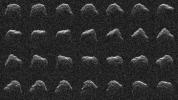
|
|||||

|
2021-11-17 | Asteroid |
Double Asteroid Redirect Test (DART) |
1300x856x3 | |
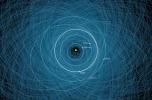
|
|||||

|
2022-01-10 | Asteroid |
Deep Space Network (DSN) |
Deep Space Network |
3093x1963x1 |
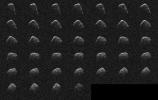
|
|||||

|
2022-03-15 | Asteroid | 1440x830x3 | ||
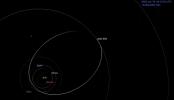
|
|||||

|
2022-06-29 | Asteroid |
Deep Space Network (DSN) |
Deep Space Network |
1587x1137x1 |
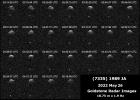
|
|||||

|
2023-02-17 | Asteroid |
Deep Space Network (DSN) |
Deep Space Network |
3085x2437x1 |
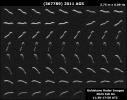
|
|||||

|
2023-04-26 | Asteroid |
Deep Space Network (DSN) |
Deep Space Network |
2922x1411x1 |
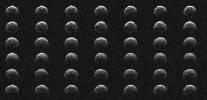
|
|||||

|
2024-02-26 | Asteroid |
Deep Space Network (DSN) |
Deep Space Network |
3410x2222x1 |
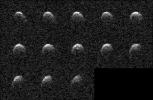
|
|||||

|
1999-12-09 | Antennae or Ring Tail galaxies |
Two Micron All Sky Survey (2MASS) |
Two Micron All Sky Survey (2MASS) |
456x586x3 |

|
|||||

|
1999-12-10 | Ant nebula |
Hubble Space Telescope |
WFPC2 |
1072x708x3 |
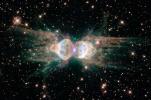
|
|||||

|
2005-08-03 | AMS08 |
Spitzer Space Telescope |
IRAC MIPS Very Large Array (VLA) |
2099x2100x3 |
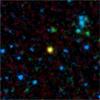
|
|||||

|
1999-12-01 | Altair |
Palomar Testbed Interferometer |
Palomar Testbed Interferometer |
512x511x1 |
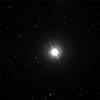
|
|||||

|
2016-09-28 | Abell 2744 |
Spitzer Space Telescope |
Spitzer Space Telescope |
1233x693x3 |
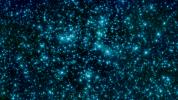
|
|||||

|
2008-01-25 | Abell 1763 |
Spitzer Space Telescope |
2688x1962x3 | |
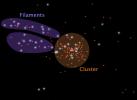
|
|||||

|
2008-02-12 | Abell 1689 |
Hubble Space Telescope Spitzer Space Telescope |
Advanced Camera for Surveys Infrared Array Camera (IRAC) NICMOS |
3813x3367x3 |
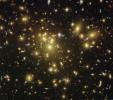
|
|||||

|
2005-11-29 | 55 Cancri | 3000x2400x3 | ||
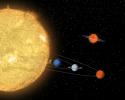
|
|||||

|
2007-11-06 | 55 Cancri |
PlanetQuest |
720x540x3 | |
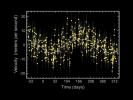
|
|||||

|
2007-11-06 | 55 Cancri |
PlanetQuest |
1435x939x3 | |
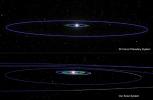
|
|||||

|
2007-11-06 | 55 Cancri |
PlanetQuest |
1280x720x3 | |
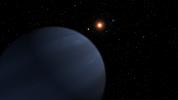
|
|||||

|
2007-11-06 | 55 Cancri |
PlanetQuest |
516x290x3 | |
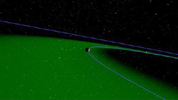
|
|||||

|
2017-08-04 | 2014 MU69 |
New Horizons |
2016x1628x3 | |
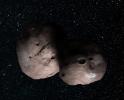
|
|||||

|
2017-08-04 | 2014 MU69 |
New Horizons |
2016x1628x3 | |
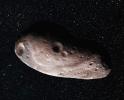
|
|||||

|
2018-01-04 | 2014 MU69 |
New Horizons |
2400x1200x3 | |
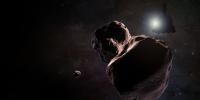
|
|||||

|
1999-08-08 | 1989N2 |
Voyager |
VG ISS - Narrow Angle |
635x315x1 |
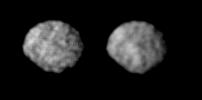
|
|||||

|
1999-12-01 |
Two Micron All Sky Survey (2MASS) |
Two Micron All Sky Survey (2MASS) |
2425x1498x3 | |
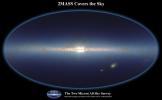
|
|||||

|
2005-10-27 |
Spitzer Space Telescope |
IRAC |
561x561x3 | |
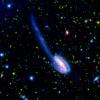
|
|||||

|
2007-05-29 |
Spitzer Space Telescope |
IRAC |
4097x3557x3 | |
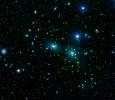
|
|||||

|
2003-03-27 |
Two Micron All Sky Survey (2MASS) |
Two Micron All Sky Survey (2MASS) |
6782x3540x3 | |
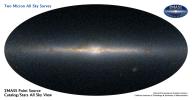
|
|||||

|
2003-03-27 |
Two Micron All Sky Survey (2MASS) |
Two Micron All Sky Survey (2MASS) |
4500x2400x3 | |
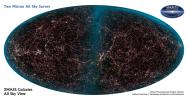
|
|||||

|
2003-03-27 |
Two Micron All Sky Survey (2MASS) |
Two Micron All Sky Survey (2MASS) |
4500x2400x3 | |
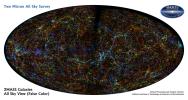
|
|||||

|
2003-05-21 |
Hubble Space Telescope |
WFPC2 |
869x444x3 | |
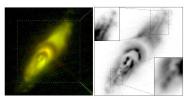
|
|||||

|
2004-03-08 |
Spitzer Space Telescope |
IRAC Multiband Imaging Photometer (MIPS) |
2262x1899x3 | |
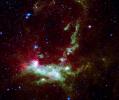
|
|||||

|
2003-05-27 |
Hubble Space Telescope |
WFPC2 |
612x792x3 | |

|
|||||

|
2003-05-28 |
Galaxy Evolution Explorer (GALEX) |
GALEX Telescope |
534x528x3 | |
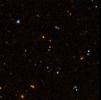
|
|||||

|
2003-05-28 |
Galaxy Evolution Explorer (GALEX) |
GALEX Telescope |
1450x1550x3 | |

|
|||||

|
2003-05-28 |
Galaxy Evolution Explorer (GALEX) |
GALEX Telescope |
1450x1555x3 | |

|
|||||

|
2003-05-28 |
Galaxy Evolution Explorer (GALEX) |
GALEX Telescope |
534x528x3 | |
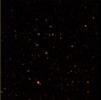
|
|||||

|
2003-05-28 |
Galaxy Evolution Explorer (GALEX) |
GALEX Telescope |
2112x1533x3 | |
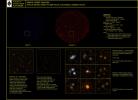
|
|||||

|
2003-07-03 |
Hubble Space Telescope |
WFPC2 |
2603x2783x3 | |

|
|||||

|
2003-07-25 |
Galaxy Evolution Explorer (GALEX) |
GALEX Telescope |
989x1010x3 | |

|
|||||

|
2003-07-25 |
Galaxy Evolution Explorer (GALEX) |
GALEX Telescope |
1600x1496x3 | |
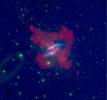
|
|||||

|
2003-07-25 |
Galaxy Evolution Explorer (GALEX) |
GALEX Telescope |
795x735x3 | |
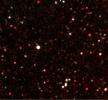
|
|||||

|
2003-07-25 |
Galaxy Evolution Explorer (GALEX) |
GALEX Telescope |
796x733x3 | |
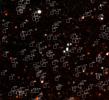
|
|||||

|
2003-07-25 |
Galaxy Evolution Explorer (GALEX) |
GALEX Telescope |
770x644x3 | |
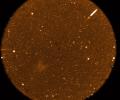
|
|||||

|
2003-07-25 |
Galaxy Evolution Explorer (GALEX) |
GALEX Telescope |
996x1003x3 | |

|
|||||

|
2003-07-25 |
Galaxy Evolution Explorer (GALEX) |
GALEX Telescope |
1008x992x3 | |
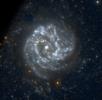
|
|||||

|
2003-07-25 |
Galaxy Evolution Explorer (GALEX) |
GALEX Telescope |
1771x1401x3 | |
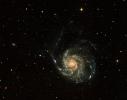
|
|||||

|
2003-07-25 |
Galaxy Evolution Explorer (GALEX) |
GALEX Telescope |
1024x804x1 | |
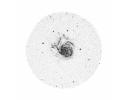
|
|||||

|
2003-07-25 |
Galaxy Evolution Explorer (GALEX) |
GALEX Telescope |
991x1008x3 | |

|
|||||

|
2003-07-25 |
Galaxy Evolution Explorer (GALEX) |
GALEX Telescope |
1000x1000x3 | |
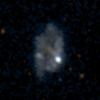
|
|||||

|
2003-07-25 |
Galaxy Evolution Explorer (GALEX) |
GALEX Telescope |
1034x965x3 | |
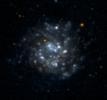
|
|||||

|
2003-07-25 |
Galaxy Evolution Explorer (GALEX) |
GALEX Telescope |
1017x982x3 | |
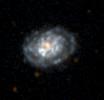
|
|||||

|
2003-09-03 |
Spitzer Space Telescope |
IRAC |
1600x2000x3 | |

|
|||||

|
2003-12-10 |
Galaxy Evolution Explorer (GALEX) |
GALEX Telescope |
6200x6200x3 | |
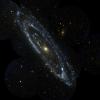
|
|||||

|
2003-12-10 |
Galaxy Evolution Explorer (GALEX) |
GALEX Telescope |
1501x1501x3 | |
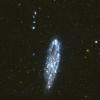
|
|||||

|
2003-12-10 |
Galaxy Evolution Explorer (GALEX) |
GALEX Telescope |
1755x790x3 | |
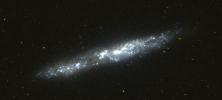
|
|||||

|
 |
 |
 |
 |
 |
 |
 |
 |
 |
 |

|
| 1-100 | 101-200 | 201-300 | 301-400 | 401-500 | 501-600 | 601-700 | 701-800 | 801-900 | 901-1000 |
| Currently displaying images: 401 - 500 of 1300 |